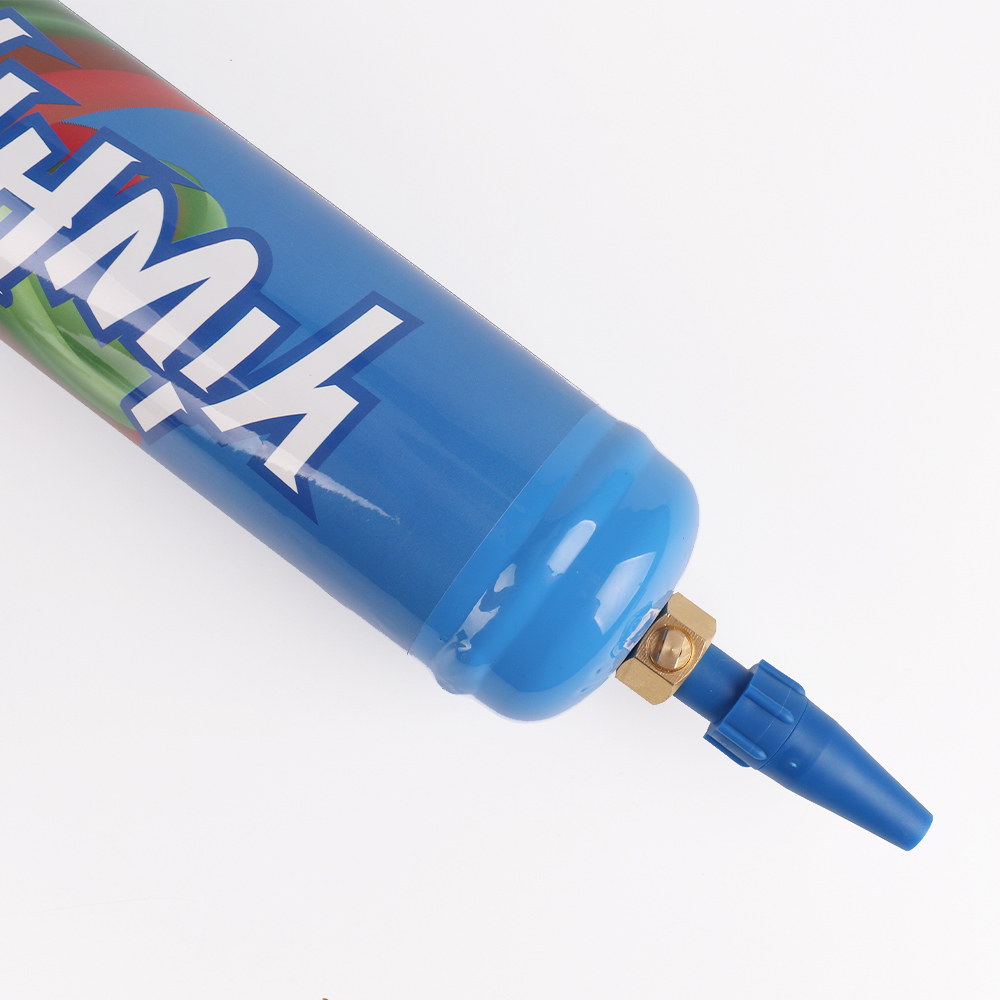Understanding Whipped Cream Chargers
Whipped cream chargers are an essential kitchen tool for anyone who loves to create fresh whipped cream at home or runs a food business that requires instant topping preparation. These compact canisters use nitrous oxide (N2O) gas to pressurize and whip cream in seconds, offering efficiency and professional-level results. Known interchangeably as whippits, nitro bulbs, or whipping cream cartridges, their role is vital in cafes, dessert bars, bakeries, and homes across the United States.
Basically, each charger consists of a steel cylinder filled with food-grade nitrous oxide, used to charge whipped cream dispensers, also known as iSi whippers or cream guns. Whether you’re preparing decadent coffee toppings, filling delicate choux pastries, or creating airy mousse bases, the right set of chargers ensures your culinary creations come out consistently light and fluffy every single time.
Types of Whipped Cream Chargers Available in the U.S. Market
There's variety in design and performance depending on brand quality and nitrous oxide purity, so choosing the correct option is essential:
- iSi Charger: Recognized for exceptional consistency and durability. Widely used in both commercial and home setups due to superior build and reliability.
- Luxury Whip Premium Nitro Charger: Delivered in high-end branding; designed with ultra-thick stainless casing. Popular among gourmet dessert kitchens.
- BK Ulmer / Mark "Twin pack" Series: A budget-conscious choice without sacrificing output pressure—ideal for casual bakers or small cafe environments.
What Makes Them Unique?
The secret behind a properly aerated texture relies entirely on how well dissolved the N₂O integrates into the dairy fat molecules. Cheaper alternatives using lower-quality gas blends tend to affect both taste and texture. Investing just slightly more for better-certified chargers pays off by preventing unwanted metallic tasters or underwhipped outcomes.
How To Choose the Right Whipped Cream Charger Brand Online
Picking between dozens of competing products listed on Amazon or restaurant supply websites demands research and buyer discernment because some misleading ads may misrepresent actual output. Here are key elements buyers should check before placing the final cart order online:
Gas Volume Per Cartridge (Standard Size: Approx 8g per unit)
All legal and FDA-compliant chargers in U.S. stores must meet federal specifications ensuring the exact volume dispenses within a consistent pressure range—usually 8±0.2 grams of pure nitrogen oxide sealed within a tamper-resistant chamber with crimping seals meeting health compliance laws under USDA Code Part 1150.
Failing to match these guidelines often leads to overinflation of your whipped mixture, splitting dispensers, or leaving dangerous micro particles embedded due to weak alloy coatings breaking apart after firing.
Retailer Credibility Check (Are You Buying From an Official Distributor?)
Some third-party sellers resell surplus from unauthorized overseas warehouses, sometimes storing expired items beyond safety shelf dates. To mitigate potential liability issues later, always look up certified distributor lists provided directly by official brands, like iSi North America Inc. This practice prevents possible malfunctioning units leading to defective equipment down the road.
Customer Feedback: Read What Experienced Chefs Say!
If multiple professionals complain about “off-flavored foam," inconsistent spray bursts, premature valve blockages—or mention repeated failed shots—it may not simply be user errors but inferior components built inside those cartridges. Checking recent ratings dated (less than two years ago) ensures no obsolescence from product changes unreported publicly elsewhere online.
Troubleshooting Common Whipping Issues at Home & in Businesses
Even experienced users occasionally run into inconsistencies when making whipped topping from cream dispensers. However, diagnosing root causes doesn't require expert-level troubleshooting tools. Just understand several typical mistakes made during prep steps which lead to disappointing end results:
- Overfilling dispenser past safe limit lines: The cream gun chamber must only get partially filled—not overflowing—and charged while keeping a free volume gap inside for gasses expansion. Exceeding recommended max capacity reduces gas mixing and produces poor texture resembling dense liquid globs instead.
- Using warm cream before charging process: Always chill ingredients below 60 °F prior application inside any air-powered whip device since heat reduces nitrous solubility significantly resulting in separation before it even begins the whisking function. Chill dispenser bowl if working fast during summertime baking events in humid locations such as Southern California and Southeast Florida areas particularly susceptible to rapid melting scenarios.
- Insufficient number of cartridges used for large batch preparations: Larger quantity recipes demand two or three cartridges simultaneously. Trying to achieve thick layers from just one might leave it runny or overly soft. Especially important when working during holiday parties where you’re handling high-demand orders back to back for events or catering gigs involving hundreds worth of attendees expecting rich desserts on trays throughout banquet functions or weddings.
Safety Guidelines When Using and Disposing Chargers
All whipped-cream chargers operate with high-pressure internal contents, therefore requiring responsible management post-use and disposal phase afterward to align legally compliant standards outlined in the Environmental Protection Act regarding recyclable industrial metal components.
Never reuse punctured empty canisters—even if they appear undamaged—because re-filling them breaks federal law and presents risk of explosion under improper sealing procedures outside manufacturer lab control systems governed by ATF-approved explosive material protocols. Discarding empty cans follows same method required for aerosol deodorant/spray bottles; simply bring containers collected monthly over extended duration and dispose directly in local community hazardous waste centers accepting certified compressed-gas devices approved per DOT Class 2 regulation rules governing transport logistics nationally in U.S.A jurisdictions alike.
To enhance storage longevity during prolonged rest times—store fully unopened boxes indoors below 94°F max temps away direct sunlight near window counters in summer or garage spaces lacking humidity controls since rust development weakens outer casings leading eventual leaks upon future ignition attempts months later. Keep packages upright stacking minimal layers rather than pressing weight above stacked boxes beyond manufacturer recommended limits printed explicitly over shipping packaging boxes distributed officially from warehouse distributors.
Whether enjoying occasional whipped frosting delights or running full-scale dessert catering ventures relying daily on reliable foamed texture creation, maintaining best hygiene practices around this tiny culinary gadget helps ensure continuous safe operation seasonally year after year through various seasons’ changing climates.

